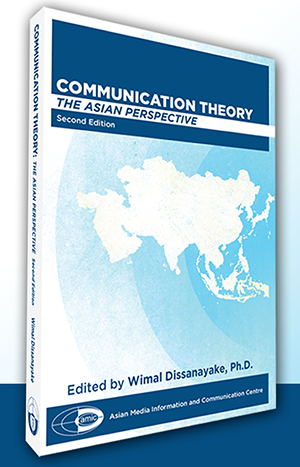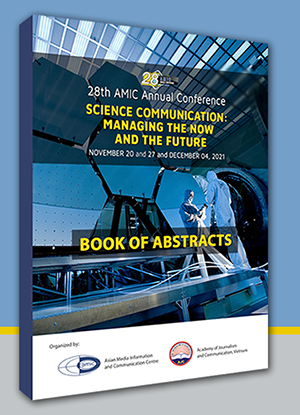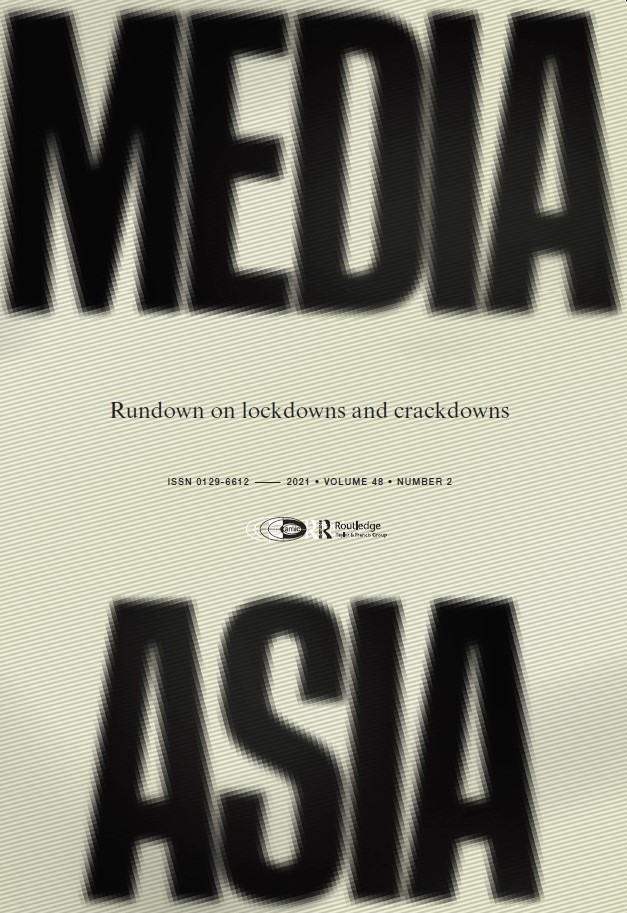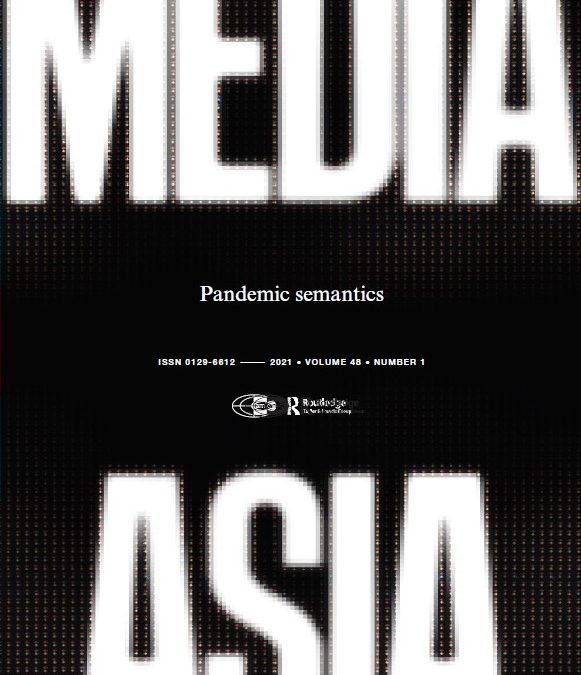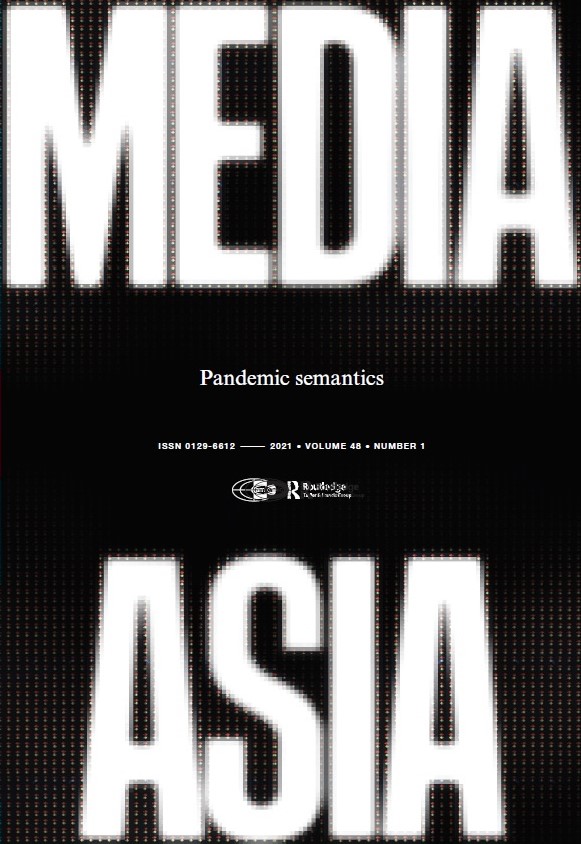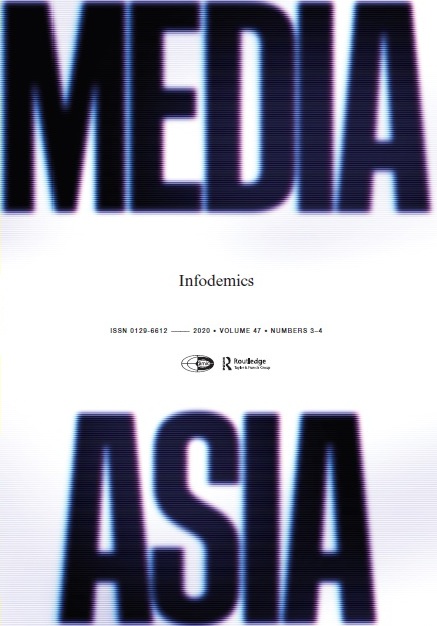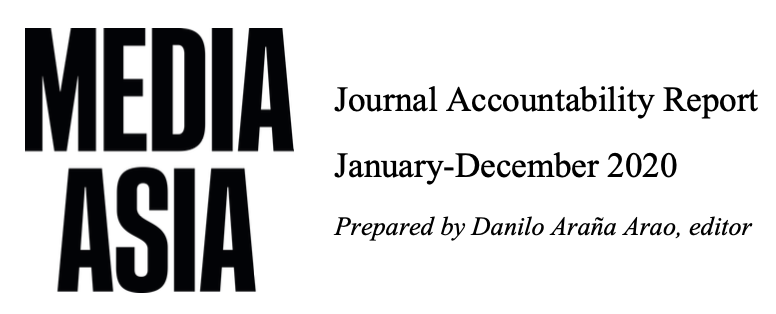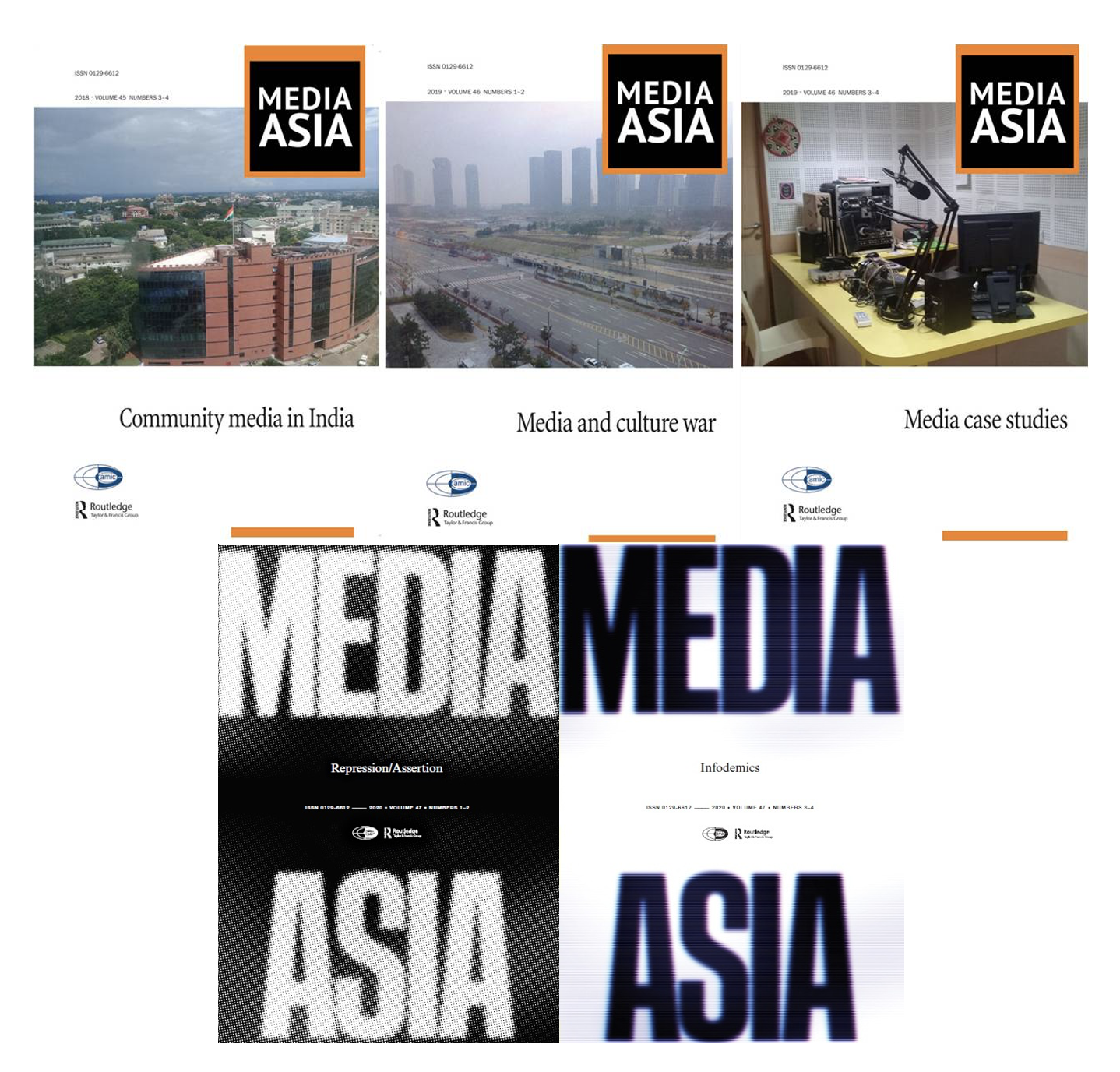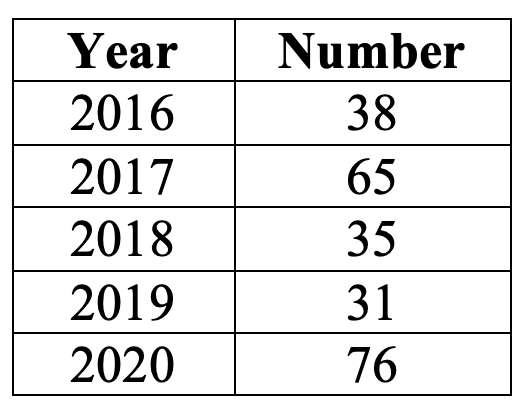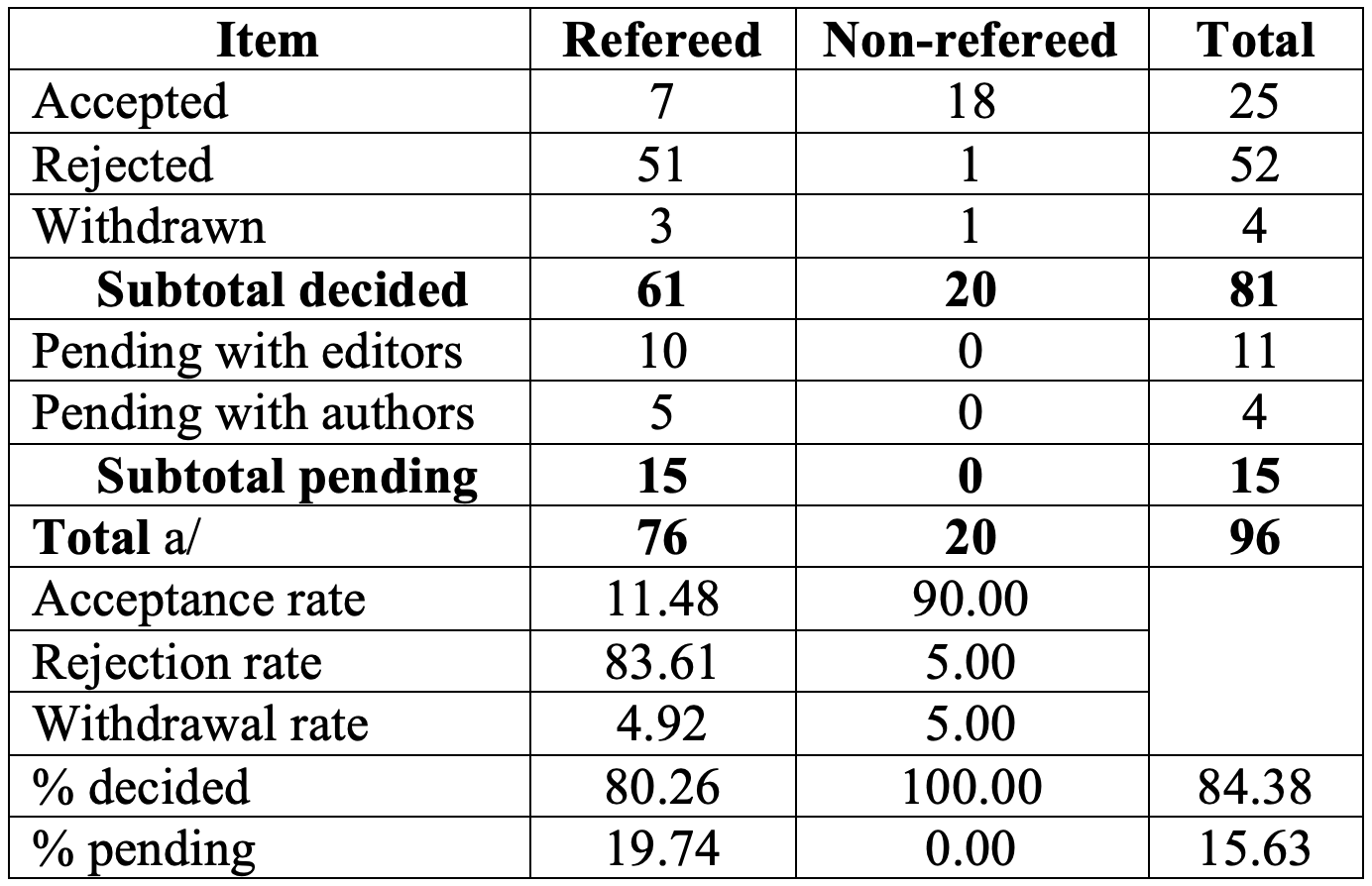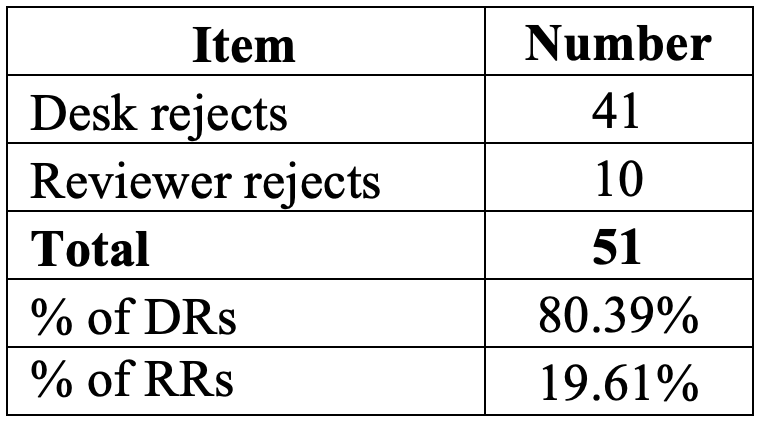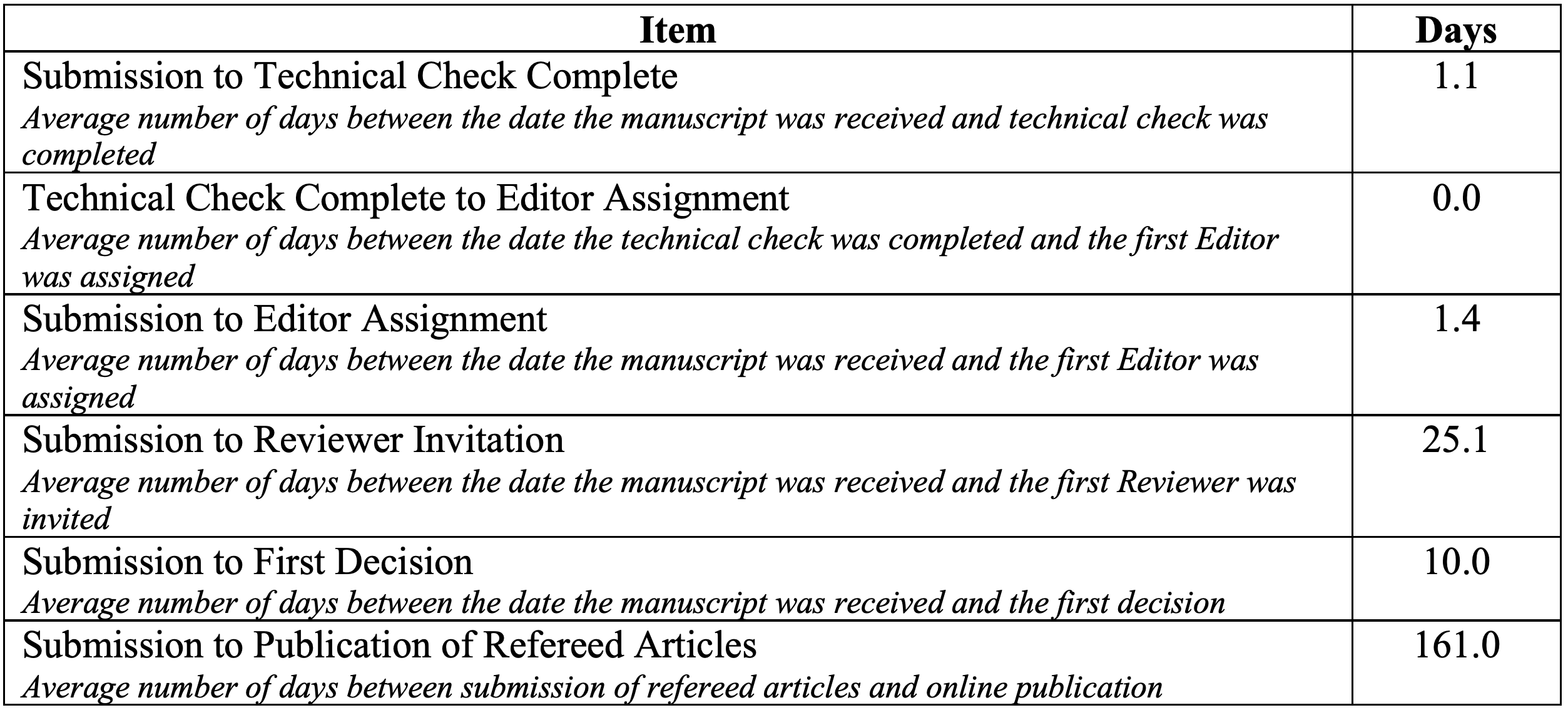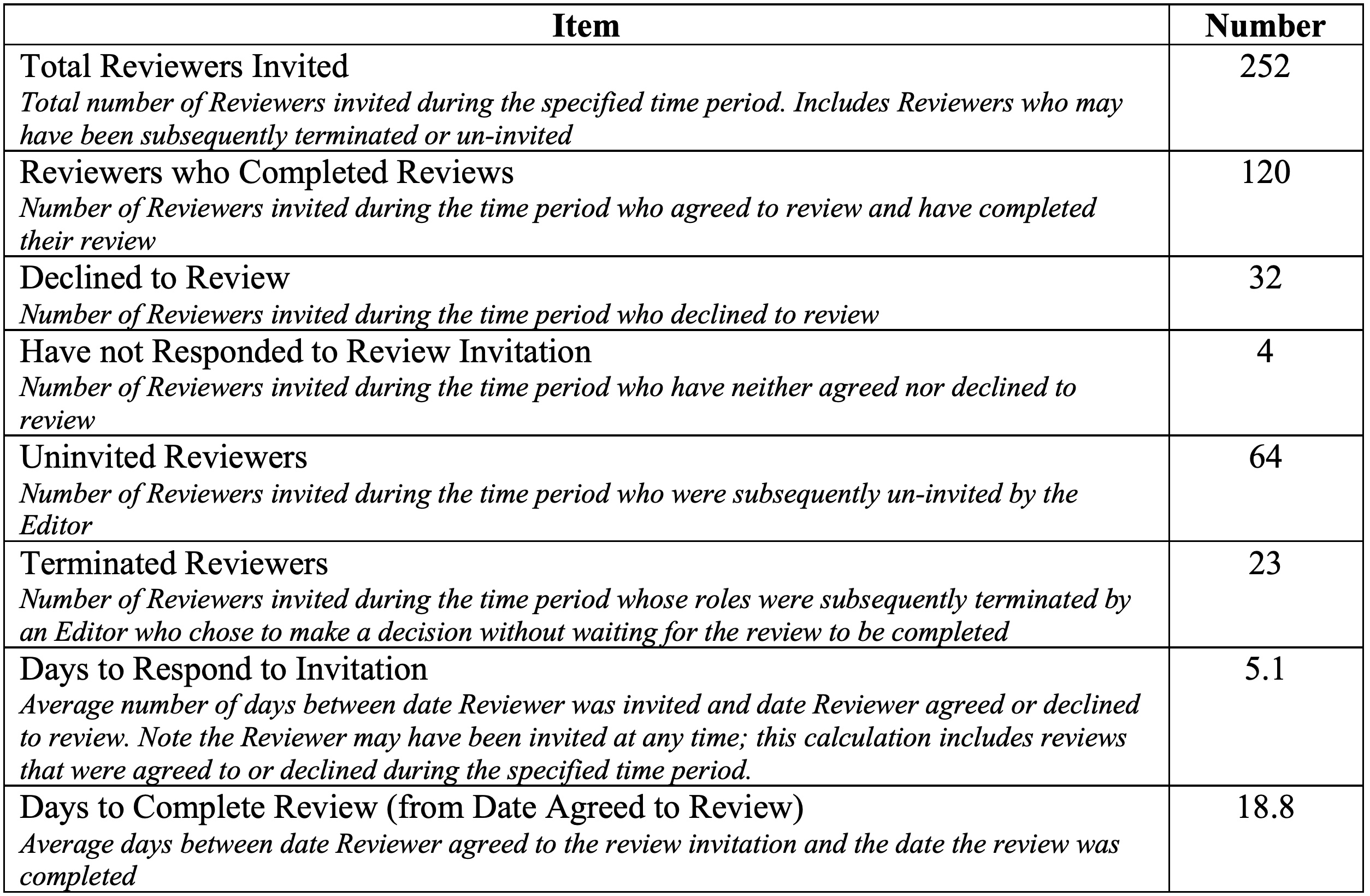AJC: Call for Papers
CFP: AI for Governance in Asia: Power, Politics, and Ethics
Co-edited by: A/P Jian Xu (Deakin University, Australia)
Prof Terence Lee (University of Nottingham, Ningbo, China)
Prof Gerard Goggin (Western Sydney University, Australia)
In recent years, AI governance has emerged as a critical – and inescapable – topic in digital media and communication studies, amid a global ‘race to AI regulation’ (Smuha, 2021). Scholars have examined the frameworks, policies, institutions, and practices that shape how AI is developed, deployed, and regulated worldwide. Xu, Lee, and Goggin (2024) had taken the lead in this topic when they co-edited the first special issue on AI governance in Asia – in Communication Research and Practice journal (Volume 10, Issue 3) – which offered significant insights into the regulation, governance, and geopolitics of AI in the region and beyond.
For this proposed special issue with the Asian Journal of Communication, we invite a shift in perspective from ‘AI governance’ (governance of AI) to ‘AI for governance’ (governance by AI) — examining how AI itself is used as a tool for governance. This approach does not render AI governance research obsolete; rather, it complements and enriches it by critically exploring how states, institutions, and organisations deploy AI to achieve governance goals, such as policy administration, service delivery, social welfare, security, policing, surveillance, smart city, propaganda, digital diplomacy, and automated decision-making.
Essentially, we seek to understand who designs and deploys AI, for what purposes, by what means, and with what consequences; and to critically interrogate how AI reproduces power, inequality, and ideology, and to develop more ethical and sustainable regulatory strategies.
AI is increasingly applied for governance worldwide. For example, Albania recently appointed an AI bot as a ‘minister’ to tackle corruption. In Asia, Hangzhou, China launched City Brain 3.0 in March 2025, integrating AI technologies into urban governance. In India, political parties harnessed AI during the 2024 general elections, while in Singapore and South Korea, AI supports predictive models for disease outbreaks and other public health measures. Asia is particularly compelling for studying ‘AI for governance’ due to its diverse political systems, rapid AI adoption, varying AI readiness, close state–tech partnerships, and large populations with differing attitudes toward privacy and surveillance. Studying Asia offers unique insights into the power, politics, and ethics of AI-empowered governance.
We welcome submissions offering critical, social, political, and cultural analyses of ‘AI for governance’ in Asian societies. Contributions are expected to examine how AI is employed to exercise power, manage populations, and shape social order, as well as to address the questions of accountability, transparency, fairness, ethics, and democracy that arise in the process of ‘governance by AI’.
We hope the contextualised Asian case studies will help shed light on the power relations and dynamics among governments, tech companies, digital platforms, social organisations, families, and individuals involved in AI-enabled governance. We are particularly interested in topics that investigate the Asian contexts (e.g. Southeast Asia), and their minority and marginalised populations (e.g. migrants, refugees, children, and the elderly), which have often been overlooked in existing critical AI literature.
Possible topics may include (but are not limited to):
AI and public administration/management;
AI and service delivery (e.g. healthcare, aged care, social welfare);
AI, policing, surveillance and security;
AI and automated decision-making;
AI, smart city and urban management;
AI and propaganda;
AI and international communication;
AI and the Sustainable Development Goals (SDGs);
AI and labour governance;
Bias, discrimination and exclusion in AI-enabled governance;
Ethical dilemmas and social inequalities in AI for governance;
Platforms and AI for governance;
State-tech relations in AI-enabled governance;
Resistance and activism in response to AI for governance;
Technological determinism in the age of AI;
AI for governance and its disciplinary effects on individuals
Timeline for publication:
Abstract submission: January 19, 2026
Notice of acceptance: February 9, 2026
Invited full paper submission to the journal for peer review: July 31, 2026
Special issue publication: Mid-2027
Interested authors are invited to submit an abstract of 300-500 words, including the paper title, central argument, and methodology. A short author biography should also be provided. Please send both the abstract and author biography to the special issue editors by January 19, 2026:
Jian Xu: j.xu@deakin.edu.au
Terence Lee: terence.lee@nottingham.edu.cn
Gerard Goggin: g.goggin@westernsydney.edu.au


